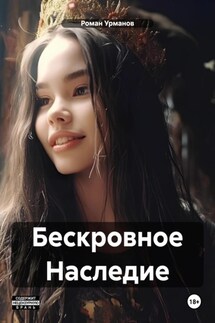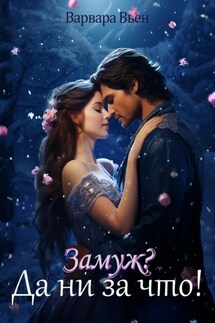The Magic Ring of Brodgar - страница 17
“No, thank God! And hopefully, it never will. Perhaps, as a child, my friends and I told each other too many horror stories, and I was impressionable. Or, for example, that one movie about Freddy Krueger was enough. Left me scarred for life,” Megan said, laughing.
“So, maybe we shouldn't talk about legends today? They're all related to something, as you say, inexplicable.”
“No, no, Warren, it's different! This is about the history and traditions of your land. I really want to learn about them to understand what the local people believe in and how they live.”
Glenn spoke enthusiastically, “Scots, like many people closely connected with nature, are superstitious. They place great importance on omens, legends, and myths. We celebrate the start and end of the harvest, as well as honoring various saints. Many of the festivals and traditions in northern Scotland are inherited from the Celts. The nearest local one, as Warren already told you, is in four days. On Fern Night, witches' powers are enhanced so, – the most potent magic is performed, and it's the only night it can be undone. It's the most magical and mystical festival we have. And the next one after that is on the first of August. People wear masquerade costumes for it.”
“So, on that day, Scots are willing to forsake their beloved traditional attire? By the way, I’ve noticed that in daily life everyone wears it around here; even the men working at the distillery today were all wearing kilts.”
“Our traditions have been in our blood for a very long time,” began Warren. “Back in the early medieval era, the highlanders wrapped themselves in dense woolen cloth that protected them from the winds and cold of this region. They would wrap a large plaid around their waist and throw the remaining part over the shoulder and secure it. It was not only convenient and warm for walking but also for sleeping. This was especially appreciated by warriors who had to spend nights under the open sky. During battles, if the costume got in the way, they could easily throw it off with one hand and rush into battle in their birthday suits.”
“Are you joking?” laughed Megan.
“I'm not joking, it's true! Often in those times, highlanders fought naked because it was inconvenient to fight in clothes,” Warren said enthusiastically.
“What a sight! I can just imagine.”
“Over time, the costume evolved, and the kilt became a separate piece. It's still wrapped around the waist, fastened with buckles on the side, and a kilt pin at the bottom,” continued the cousin.
Glenn spoke again, “I'm really glad that Scots have preserved their love for the traditional costume and wear it in everyday life. It's truly beautiful. Don't you think so, Megan?”
“I completely agree. I really like it. By the way, I've already seen a man in a kilt playing the bagpipes near the castle in the evening, twice. Is he one of the neighbors?”
Warren raised an eyebrow, “Hmm, possibly. I also heard the melody yesterday. The bagpipe is the main Scottish musical instrument. You can often hear it, but mainly during celebrations or in local pubs. Playing it on the streets, just like that, without any special occasion, is rare.”
“At the festival, there will be plenty of bagpipes, and you can fully enjoy the magical music. By the way, legends say that the bagpipes were gifted to the Scots by forest fairies,” Glenn replied.







